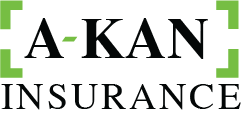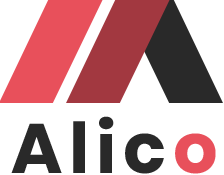New Alberta auto insurance will change how insurers process claims, calculate premiums
New, essential automobile or vehicle insurance coverage policy will change how Alberta insurers process vehicle or automobile damage claims in the new year, and how premiums will be calculated.
As of Jan. 1, drivers will claim vehicle vandalism for which they are not responsible through their own insurance firms rather than the insurers of the drivers at fault.
New insurance coverage, known as direct compensation for property damage (DCPD), is legislated in Bill 41, the Insurance Amendment Act, which was passed into law almost one year ago.
According to Aaron Sutherland, western vice-president at the Insurance Bureau of Canada (IBC), the change will create a more effective and equitable structure.
“Your own insurance firm will pay for mending to your vehicle or car when you are not at fault for an accident or injury,” he said, adding that similar systems exist in all other provinces.
As per Sutherland, under the current system, vehicle vandalism is included under third-party liability, which means that, in the event of a collision between two vehicles, the insurer of the driver at fault is responsible for mending the other driver’s vehicle.
“If someone else hits your vehicle or car, it requires your insurance firm to substitute those damages back to the insurer of the at-fault driver,” Sutherland said, referring to the “back and forth” procedure by which insurance firms determine who will pay for a claim following a collision. “That can result in difficulties, that can lead to delays, and this (change) removes all of that.”
In an Oct. 18 notice to Albertans, Mark Brisson, the province’s superintendent of insurance, said that DCPD will only include harm or damage for which drivers are not at fault. If drivers are at fault for harm to their own vehicles, they can make a claim through an optional collision coverage policy.
As per the notice, DCPD regulation sets out rules for determining who is at fault in more than 40 “accident or mishappening scenarios,” but those rules do not apply to other types of claims, such as bodily injury, etc. DCPD does not prevent drivers from continuing legal action for other damages or harms, the notice adds, such as injury damages from an automobile accident or other property harm that is not included under DCPD.
In an email communication to Postmedia, Kassandra Kitz, senior press secretary for Alberta Treasury Board and Finance, said DCPD claims will not affect drivers’ premiums, although drivers at fault for crashes will still be held accountable, pay more premiums, and have those incidents noted on their driving records.
However, the change will have an effect on how insurers calculate the premium, which will soon be based on the kind of vehicle covered.
“If you own an economical or cheap car or vehicle, there’s a chance that you can hit a more-expensive vehicle or car on our roadways, and your insurer has to factor that into account in evaluating your premiums,” according to Sutherland. “If you have an economical or cheap car or vehicle, you’re paying more, because of the likelihood you could hit someone driving a luxury car.” But under DCPD, insurance firms will know what type of vehicle or car they might be paying to repair and can align drivers’ premiums with the cost of repairing those cars or vehicles.
As per Sutherland “It’s a more equitable method of costing insurance.”
According to the Alberta Automobile Insurance Rate Board, the shift to DCPD means 42 percent of policyholders will see a depletion in premiums, while 15 percent will see no change, and 43 percent will have higher premium charges.
However, Sutherland says, drivers can also reduce their premiums through deductibles, the money or amount policyholders pay for a repair before insurance firms cover the rest.
According to the IBC, 73 percent of drivers will see no change to their premiums or either an increase or decrease of up to five percent. Although it adds, nine percent will see an increase of five percent more, while 18 percent will save more than five percent.



